Aging Population
The Global Hearing Amplifier Market Industry is experiencing growth driven by the increasing aging population. As individuals age, the prevalence of hearing loss tends to rise, necessitating the use of hearing amplifiers. In 2024, the market is projected to reach 2.72 USD Billion, reflecting the demand for solutions that cater to this demographic. By 2035, the market is expected to expand to 6.43 USD Billion, indicating a robust growth trajectory. This trend suggests that as the population ages, the need for hearing amplification devices will likely intensify, thereby propelling market expansion.
Increased Accessibility
The Global Hearing Amplifier Market Industry is benefiting from increased accessibility to hearing amplification devices. With advancements in e-commerce and telehealth services, consumers can now easily access a variety of hearing amplifiers from the comfort of their homes. This convenience is particularly appealing to older adults who may face mobility challenges. As a result, the market is expected to grow significantly, with projections indicating a rise to 2.72 USD Billion in 2024. The ease of access may lead to higher adoption rates, further driving market expansion.
Market Growth Projections
The Global Hearing Amplifier Market Industry is poised for substantial growth, with projections indicating a rise from 2.72 USD Billion in 2024 to 6.43 USD Billion by 2035. This growth trajectory suggests a compound annual growth rate (CAGR) of 8.14% from 2025 to 2035, reflecting increasing demand for hearing amplification solutions. Factors contributing to this growth include an aging population, technological advancements, and rising awareness of hearing health. The market's expansion is indicative of a broader trend towards improved accessibility and acceptance of hearing amplifiers as essential health devices.
Technological Advancements
Technological innovations are significantly influencing the Global Hearing Amplifier Market Industry. The introduction of digital hearing amplifiers, which offer improved sound quality and user customization, is reshaping consumer preferences. Enhanced features such as Bluetooth connectivity and smartphone compatibility are becoming increasingly prevalent. These advancements not only improve user experience but also attract a broader consumer base. The anticipated compound annual growth rate (CAGR) of 8.14% from 2025 to 2035 underscores the potential for continued innovation and market growth, as manufacturers strive to meet evolving consumer demands.
Rising Awareness and Acceptance
There is a growing awareness and acceptance of hearing amplifiers among consumers, which is positively impacting the Global Hearing Amplifier Market Industry. Educational campaigns and outreach programs are helping to destigmatize the use of hearing devices, encouraging individuals with hearing impairments to seek assistance. This shift in perception is crucial, as it leads to increased adoption rates. The market's projected growth to 6.43 USD Billion by 2035 reflects this trend, suggesting that as awareness continues to rise, more individuals may consider hearing amplifiers as viable solutions for their hearing challenges.
Regulatory Support and Standards
Regulatory support and the establishment of standards are playing a pivotal role in shaping the Global Hearing Amplifier Market Industry. Governments and health organizations are increasingly recognizing the importance of hearing health, leading to the development of guidelines that promote the use of hearing amplifiers. This regulatory framework not only enhances consumer confidence but also encourages manufacturers to innovate and comply with safety standards. As the market evolves, this support is likely to contribute to sustained growth, aligning with the projected CAGR of 8.14% from 2025 to 2035.


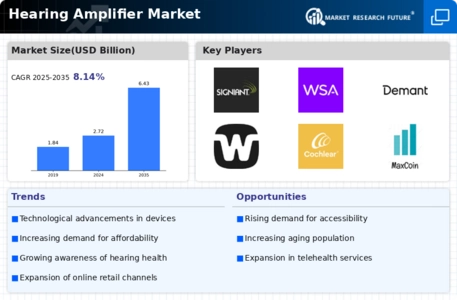
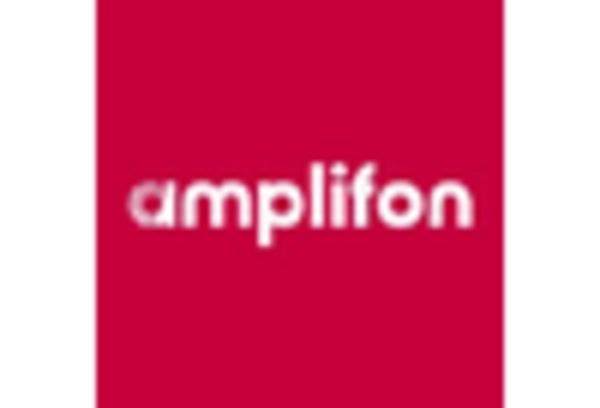
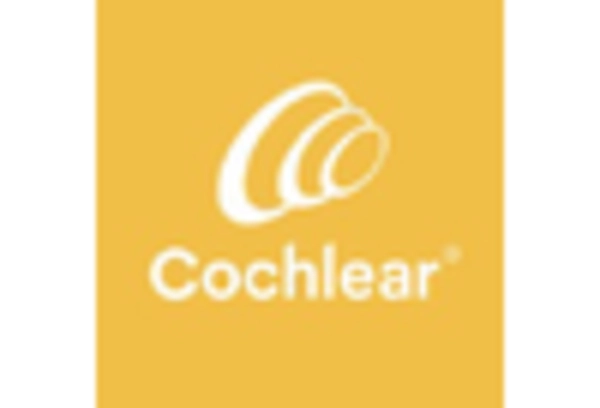
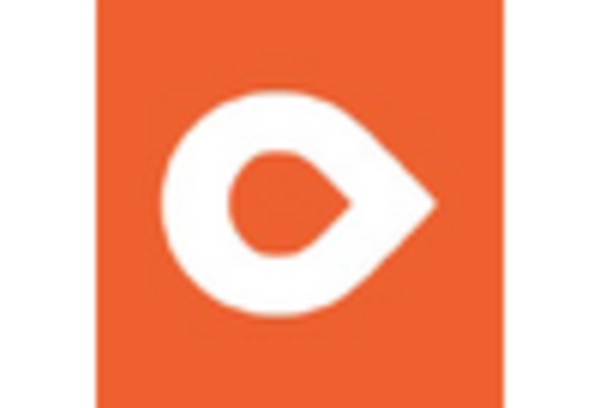
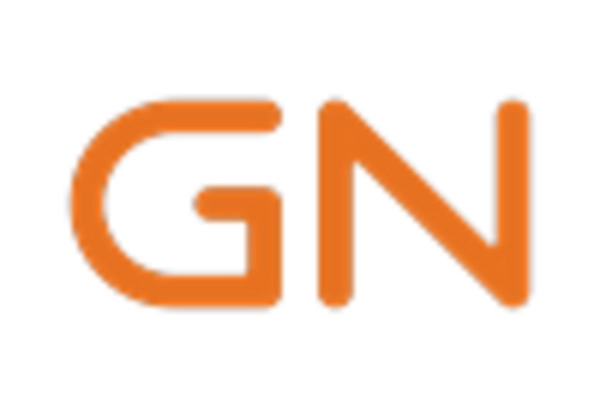
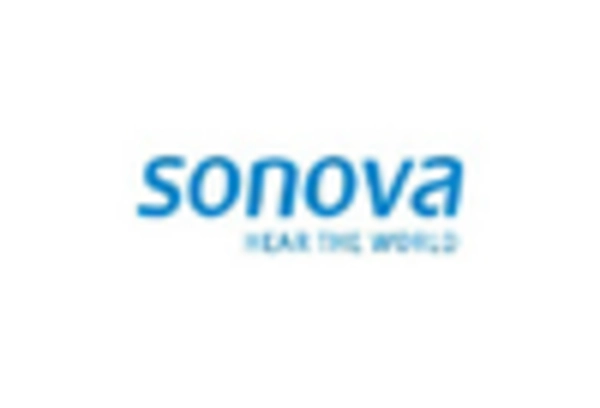
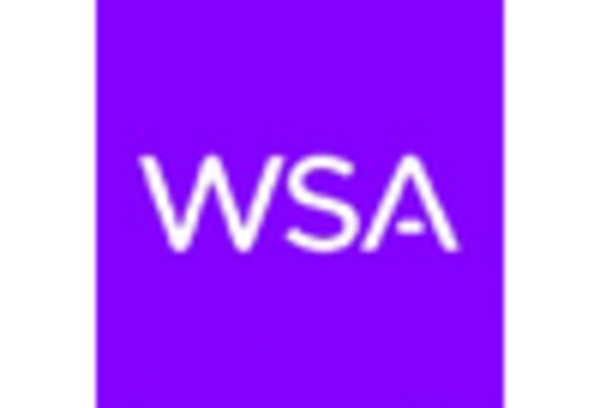








Leave a Comment